
Focus on Finland
Software enabled digital transformation
In a recent presentation Janne Järvinen, Mission Lead for Digitalisation at Business Finland, cited that “intelligent future connectivity (5G/6G) has a pivotal role in ensuring Finnish technological leadership. It needs to be combined, however, with robust data economy and key technologies like artificial intelligence, cybersecurity and quantum technologies. These are our key assets towards software enabled digital transformation leading to increased productivity and competitiveness.” In this article, Janne explains Finland's software vision and how it shapes the future.
Software manifesto
“Software is a subject that is dear to my heart,” Janne admits, “having done my PhD in software engineering, and it is clear to me that software is becoming increasingly important in Finland for industry. In fact, it’s ranked fourth in our list of exports.” In a vindication of Finland’s emphasis on software-intensive products and services, a McKinsey report 'What’s driving the Nordic countries’ software export surge' this year stated that Nordic business in software will grow significantly towards the end of the decade. This is also reflected in the country’s high level of education and competency, and where the focus of the software education and research is now even more closely related to the needs of industry. “All the software professors are working very closely with industry and there have been many industry-driven research initiatives. I personally led two of those even before coming to my current job,” Janne adds. “I think that collaboration on these topics is quite typical for Finnish research and industry as we are true believers in working together. I, along with others, have been encouraging the software research community to come together and now there are 42 software professors who have joined forces to produce a software manifesto for the future for Finland, pinpointing the areas where they see the need to focus in the coming years. With generous funding for the basic research in Finland – equivalent to 50 software related doctoral theses – this is a very clear sign that we need to prioritise software.”
Generative AI on the agenda
Digitalisation is top-of-mind in Finnish policy. “It’s a complex topic that has many, many sides to it,” Janne says, “but I personally believe that digital is the way to go for a country like Finland, as we have this high rate of development and produce added value. We are among the best, if not the best, in all the digitalisation related indexes. So I was actually happy to see that in the current government programme, digitalisation is well represented. With government support in carrying these initiatives forward, that gives us further leverage in practice, in areas like artificial intelligence, which is a major disruptive factor in the software industry that will change many things.” At the time of speaking, Janne notes that “tomorrow we will witness the start of a campaign from Business Finland on this generative AI topic, with a dedicated session on how AI will change software engineering in practice. It’s on many, many people’s agenda at the moment.”
Strategic themes
Since the last Finland focus shared in the ITEA Magazine in 2020, five new missions, or strategic themes have been launched by Business Finland aimed at bringing future growth for Finland, following the collaborative efforts of 200 experts around the world: digitalisation, carbon neutrality, circular economy, health and wellbeing, and immersive digital life. Janne leads the digitalisation thread in which two new programmes have been established, one on data economy and another on 6G in telecommunications. In addition, smaller campaigns target quantum computing and generative AI. Furthermore, due to changing geopolitics and Finland joining the NATO, a new programme focusing on digital resilience has been launched in May. “The key enabler for all of these is software,” Janne says. “We are also promoting a national initiative on a software ecosystem that is aimed at bringing together people from industry and research, who we hope will be the torchbearers in these different areas for which software acts as a kind of glue. For instance in the quantum computing campaign we have a focus on the software stack. So, not the computer itself, but what happens outside the quantum computer. It’s about how to use the software stack that’s the tool for users to interface with the quantum computer. Of course, quantum simulators are helping in the process because we don’t really have quantum computers in practical use yet. But with quantum simulators, you can start looking into what kind of problems you can solve with the quantum technology. And the software stack is key to that. There are already several new software startups forming in that space, and they will be among the leaders in the future.”
It’s vital that we have instruments, like Eureka and ITEA, that enable us to work together, across the national borders.
Digital compass
These new technologies will be linked in with the European strategy for the digital decade aimed at finally creating a working digital single market in Europe. “I think that we are very well aligned with that. And in relation to the European digital decade, there’s a requirement that all member states will build what is called a digital compass for their country. Finland is now the first country that has actually made this digital compass, in a very inclusive process involving all the stakeholders from both the private and public side. It has since been approved by the Finnish parliament and is actually also starting to steer the digitalisation related work, nationwide, providing a common goal for all of us, both in the private and public sector.”
European opportunities
Janne is convinced that in striving for these goals and ambitions, European platforms like Eureka and ITEA are key to achieving them. “We cannot do all this by ourselves and nor do we want to do that. It’s vital that we have these instruments that enable us to work together, across the national borders.” Business Finland has a separate unit that interfaces with customers in that sense and stays informed of what’s happening at European level and promotes the benefits of involvement to industry. “One good example,” Janne notes, “is Bittium (also featured in this magazine), which has shown that this is not only possible but also that they can get benefit from this collaboration. We like to see our role as facilitators in enabling this type of opportunity. For example, in our data economy programme we charted all the different possibilities on the data economy from Europe for Finnish companies. Because there are a number of different instruments, it might be difficult for a small company to navigate. So, we did a deep dive study on the most promising areas and tried to lower the threshold for a small company to enter and profit from becoming part of a wider network, gaining first-hand experience of working in these projects and demonstrating their expertise in practice. For example, I recall a startup company that immediately saw being part of a brokerage event and other such events as a promotion opportunity to raise its profile and visibility. And I also try to encourage companies to join the events outside Finland and volunteer for some activities like being a speaker. Because when your name is known, it’s easier to find partners in a consortium. Personal connections are important.”
Collaboration is the key
“And of course,” Janne says in closing, “ITEA is no longer just European. It’s becoming more global. Just look at South Korea, Canada and other countries around the world that are involved in ITEA. I definitely think this is a good thing and I am keen to promote it. Coincidentally, I’m going to a dinner with a delegation from South Korea later. I truly believe that collaboration is the key. And what better way than face to face at the dining table.”
More information:
https://www.businessfinland.com/

Other chapters
Use the arrows to view more chapters
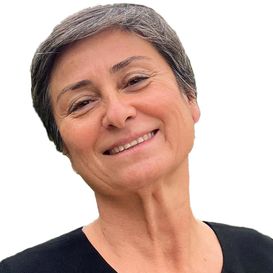
Editorial
By Zeynep Sarılar

Country Focus: Finland
Software enabled digital transformation

Bittium
Where R&D is fundamental to business impact
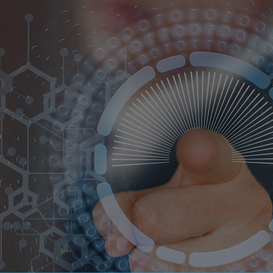
ITEA Success story: CyberFactory#1
Addressing opportunities and threats for the Factory of the Future

Inclusivity and diversity driving innovation in the ITEA Community
Insights from the VMAP project
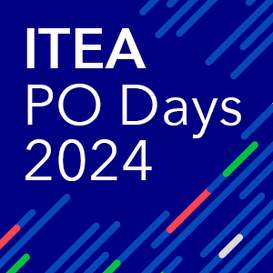
ITEA PO Days 2024 & Exhibition
Spark the next ground-breaking innovation!
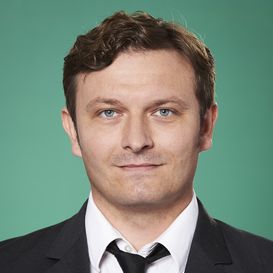
Community Talk with Alexander Viehl
Motivated by real-life challenges and impactful solutions
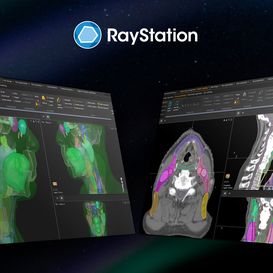
SME in the Spotlight: RaySearch Laboratories
Bringing machine learning to radiation therapy
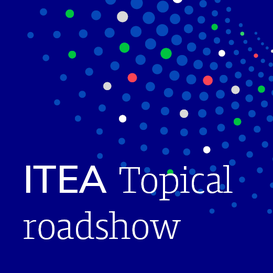
ITEA Topical roadshow
Your voice, your topics, inspiring the ITEA Community

ITEA Success story: PAPUD
A unified approach to heterogenous data

Labelled ITEA Call 2023 projects
Strong focus on Healthcare and generative AI

End user happiness: VMAP analytics
Energy-saving furnace control enhances sustainability and quality in the steel industry

Global Innovation Summit 2024
Building bridges for global challenges

